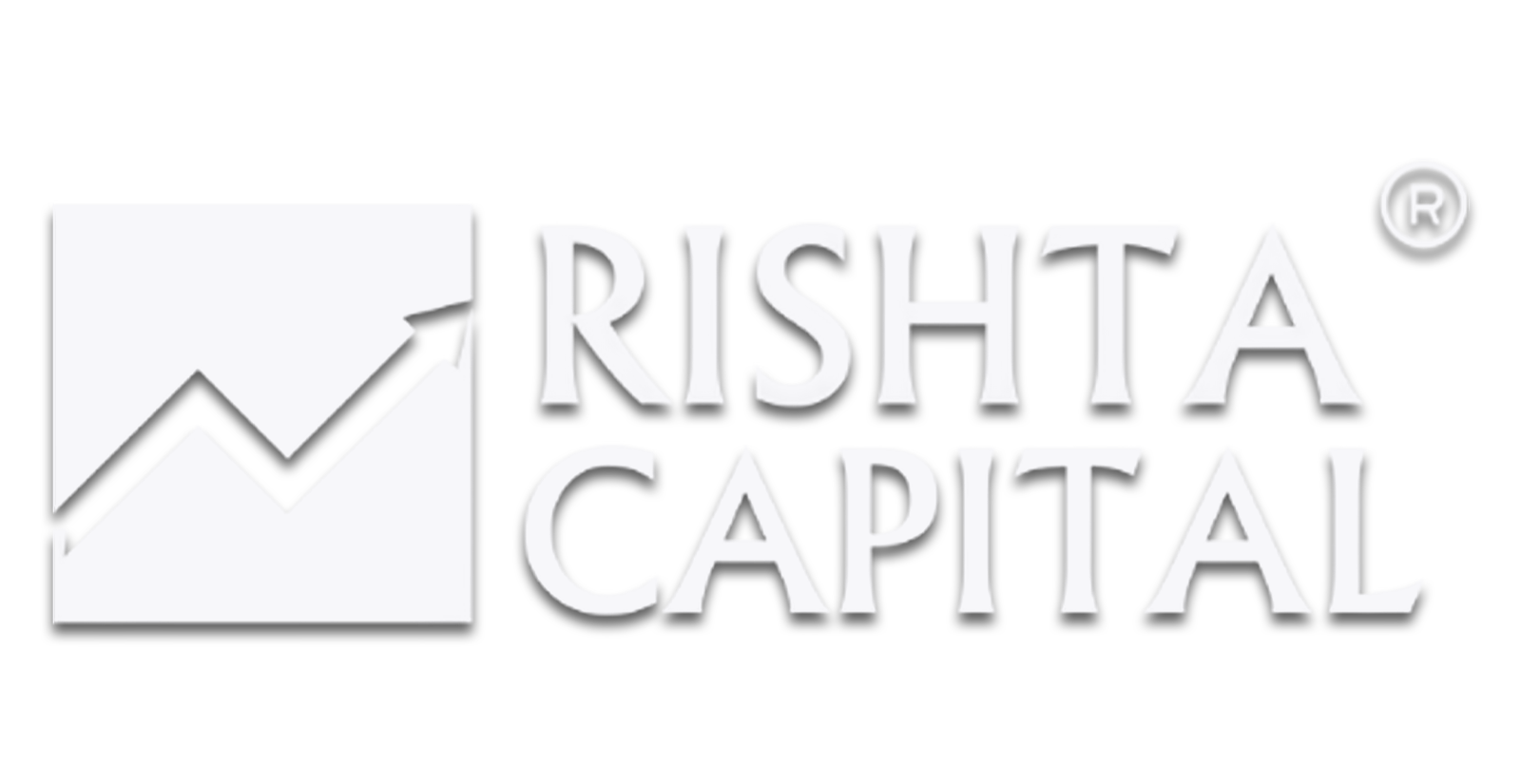Home loans are a crucial financial tool for individuals looking to purchase or refinance a home. They allow for homeownership without the need for a large upfront payment but come with long-term financial responsibilities. It's essential to carefully assess your financial situation and choose the loan type that best aligns with your goals, repayment ability, and risk tolerance.
-
Principal: The original amount of money borrowed by the borrower to buy the home.
-
Interest Rate: The rate at which the lender charges interest on the loan amount. This can be either fixed (stays the same for the entire term) or variable (changes periodically based on market conditions).
-
Loan Term: The length of time over which the loan will be repaid, commonly 15, 20, or 30 years.
-
Down Payment: The initial upfront payment made by the borrower, which is typically a percentage of the home's purchase price. A typical down payment may range from 10% to 20%, though some loan types may require less.
Types of Home Loans:
-
Fixed-Rate Home Loan: The interest rate remains constant throughout the life of the loan, resulting in predictable monthly payments.
-
Adjustable-Rate Mortgage (ARM): The interest rate is initially lower than a fixed-rate loan but may change periodically based on market conditions, leading to fluctuating monthly payments.
-
FHA Loan: A government-backed loan designed for first-time homebuyers or those with lower credit scores, often requiring a lower down payment and offering more favorable terms.
-
VA Loan: A loan backed by the U.S. Department of Veterans Affairs, available to active-duty military members, veterans, and certain members of the National Guard and Reserves. VA loans typically do not require a down payment or private mortgage insurance (PMI).
-
Conventional Home Loan: A standard mortgage loan not insured or guaranteed by the government. It may require a higher down payment and better credit history than government-backed loans.

